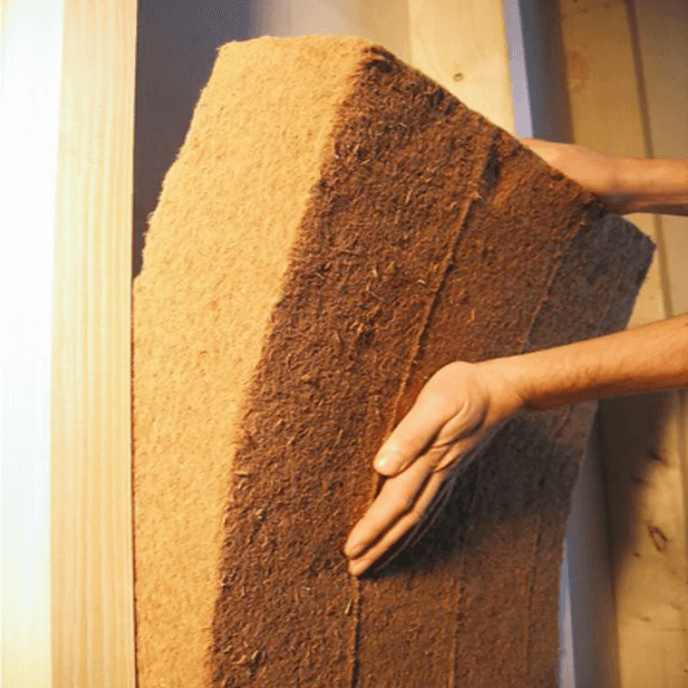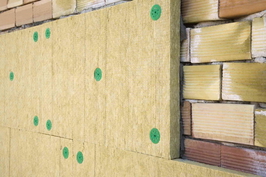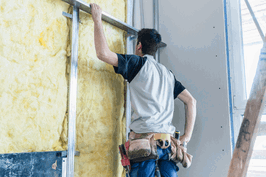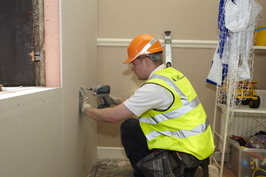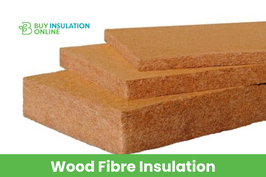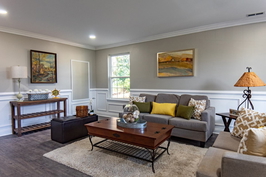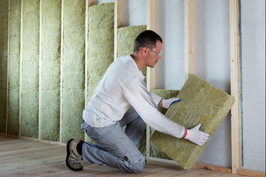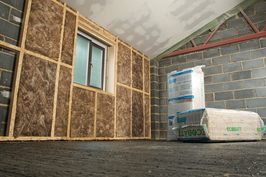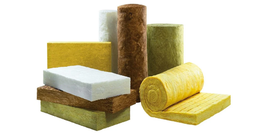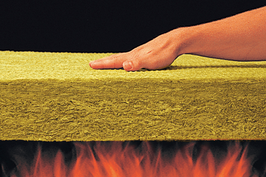Wood Fibre Insulation
Similar Categories
Why Choose Wood Fibre Insulation Boards for Your Building Project?
Several materials may be used to insulate your house. None of them, however, can compete with wood fibre insulation. It is the way to go if you're building a new house, renovating an older house, or simply trying to increase your home's energy efficiency. This article delves into what distinguishes this building material and why you should use it for your next project.
What is Wood fibre Insulation?
Wood wool insulation is a form of insulation made from natural wood fibres. It is employed in buildings because of its thermal and acoustic characteristics. Wood boards are generally created by processing wood chips or waste wood from lumber production or timber.
To increase the strength and durability of the board, the wood fibres are physically treated and typically mixed with a tiny quantity of binder or additive. The mixture is then pressed, heated, and dried to make boards or panels. This production procedure provides a thick and homogenous structure inside the boards, which adds to their high performance.
Why choose Wood Fibre Boards?
1. Thermal Properties ![inditherm]()
Wood fibre board insulation is a good option for increasing a building's energy efficiency because of its outstanding thermal insulation qualities. The fact that they transfer heat poorly due to wood fibre insulation's low thermal conductivity is crucial. This characteristic aids in lowering heat transfer through the building envelope, minimising heat gain in the summer and loss in the winter.
K value Value
The K-value of wood fibre insulation typically ranges between 0.038 - 0.046 W/mK. This insulation has a relatively low thermal conductivity, meaning it is a poor conductor of heat. This property helps to reduce heat transfer through the building envelope, resulting in improved energy efficiency and thermal insulation.
In addition, compared to other insulation materials, woodfibre insulation boards have a comparatively high thermal mass. As a result, they can assist control temperature swings and enhance thermal comfort within buildings by absorbing and storing heat energy. The thermal mass of wood fibre insulation improves a building's overall thermal performance and efficiency.
Finally, wood fibre insulation thickness significantly influences the thermal performance of wood boards. Thicker boards provide higher levels of insulation and improved heat transfer resistance. The building envelope's thermal efficiency may be improved by thickening the insulation, lowering energy usage.
2. Acoustic Insulation Properties
Wood fibre wall insulation is a good choice for soundproofing and lowering the transmission of unwanted noise in buildings since they have strong acoustic qualities. Their capacity to absorb sound is an important feature. Wood fibre boards' porous nature allows them to retain and release sound energy, minimising echo and reverberation inside a room. As a result, the environment is calmer and cosier.
Also, the Sound Transmission Class (STC) rating of building components is aided by wood insulation. The STC rating gauges a material or assembly's capacity to muffle airborne sound. Wood boards help to create quieter living and working areas by minimising sound transmission through walls, floors and ceilings.
Applications of Wood Fibre Insulation UK
You may be wondering where you can use the wood fibre boards. These materials may be used in various construction projects and building materials. They are frequently used in walls to insulate both external and interior walls. Wood fibre boards can be inserted between studs or used as an extra layer on the outer surface to enhance thermal and acoustic performance.
Another use is roof insulation, where a wood board works well. They contribute to increased energy efficiency and reduced heat loss via the roof. Wood boards are used in attics and loft areas to stop heat loss through the roof. They assist in keeping the dwelling areas below at a suitable temperature.
Additionally, these boards, such as Steico flex wood fibre insulation, Pavaflex Wood Fibre Insulation Batts, and Steico Therm Wood Fibre Insulation Boards, are frequently utilised in retrofit projects, including renovating older structures to increase energy efficiency. They can be put on the inside or outside walls and roofs to improve insulation efficacy.
Installation Techniques
For boards to operate as intended, proper installation methods are essential. For their installation, keep in mind the following:
- Make sure the installation surface is dust-free, dry, and clean. This aids in giving the insulation boards a uniform and smooth basis.
- Using a sharp utility knife or saw, measure the insulation boards' size and cut them accordingly.
- Use the proper fasteners, such as screws or nails, to attach the insulating boards to the substrate. Observe the supplier recommendations for the fastener's type, size, and spacing.
- To improve the system's overall performance, consider adding a vapour barrier or air sealing layer, depending on the application and building codes.
![wood fibre insulation]() What Thicknesses Can You Buy Wood Fibre Insulation In?
What Thicknesses Can You Buy Wood Fibre Insulation In?
Wood fibre insulation comes in a range of thicknesses, catering to various needs. You can find it in sizes spanning from 30mm to 300mm, with convenient 10mm increments. For instance, if you were to insulate a cavity wall using 70mm of Kingspan or Celotex insulation, it would yield a U-value of 0.30W/m2K.
However, achieving the same U-value with wood fibre insulation would require a thickness of 100mm. It's worth considering that while 70mm of rigid foam insulation typically costs around £12/m2, opting for 100mm wood fibre boards could mean doubling the expense.
Wood Fibre Insulation Advantages
Wood fibre insulation is a popular option for building insulation since it has several benefits.
First, wood fibre insulation is an environmentally friendly choice. It stands out as a sustainable option that can be recycled, composted, and doesn't involve the use of harmful chemicals. Furthermore, it plays a crucial role in carbon sequestration, effectively storing the CO2 that trees absorb during their growth. It reduces the need for non-renewable materials because it is created from renewable resources and frequently from scrap wood or sustainably managed forests.
Secondly, it reduces heat transmission through the building envelope, improving energy efficiency and lowering heating and cooling expenses. Furthermore, wood fibre insulation effectively absorbs sound, improving indoor acoustics by minimising noise transfer between rooms or outside sources.
Moreover, it can absorb and release moisture, which helps control interior humidity levels and avert condensation problems. In addition to being breathable, its dimensional stability can be relied upon. Unlike certain artificial insulation materials that may shrink over time, losing up to 10% of their original size and creating potential cold spots, wood fibre remains unaffected and maintains its original dimensions.
Additionally, it is fire-resistant and does not emit harmful fumes when exposed to fire, adding to the overall safety of a structure.
Finally, it is practical for building projects since it is simple to handle and install. When installing it in the walls, for instance, installing wood fibre follows the same process as any other insulation material, without the need for goggles, face masks, or gloves. It can be easily handled, cut, and treated, eliminating the necessity for special protective equipment or attire.
It offers a strong, long-lasting insulating solution that may be trimmed for different purposes.
Wood Fibre Insulation Disadvantages
Although wood fibre insulation provides many benefits, it's necessary to consider any potential drawbacks.
The greater price of wood fibre insulation than other insulation materials is one of its drawbacks. The initial cost of wood fibre insulation boards may be higher, which may affect the project budget as a whole.
Although wood fibre insulation can regulate moisture, taking precautions against excessive or extended water exposure is still crucial. Inadequate moisture control may cause deterioration, the formation of mould, or diminished insulating performance.
Furthermore, wood insulation may not always be readily available, depending on the area or market. It could not be as easily accessible as other types of insulation, which could complicate logistics or delay projects.
And last, although wood fibre insulation is fire-resistant, it is not entirely fireproof. It is less fire-resistant than certain mineral-based insulating materials and can still burn in specific situations.
Wood Fibre Insulation Fire ![wood boards]()
Wood, as we all know, burns during a fire. This fact also applies to wood fibre insulating materials. However, it is crucial to highlight the positive attributes that STEICO insulating materials possess when it comes to fire incidents:
In the event of a fire, something fascinating happens with wood insulation boards or mats. A rapid formation of carbonization occurs on their surface, leading to the creation of a protective layer.
This carbonisation, often referred to as charring, serves as a robust barrier that hampers the fire's progression and prevents the Steico product from burning swiftly. You can see a demonstration of this in the following video found here
It is worth noting that numerous traditional insulating materials tend to melt under fire conditions such as polystyrene, offering limited fire protection. Conversely, when combined with suitable finishes, wood insulating materials enable the construction of fire-protection structures that comply with the rigorous F90 B standard.
Essentially, this means that the construction can withstand a fire for 90 minutes before it manages to penetrate the barriers, highlighting the exceptional fire resistance provided by wood fibre lagging.
An interesting aspect of Steicos rigid wood insulation panels is that they do not require any additional fire protection additives. The panels possess a high density that naturally inhibits easy ignition.
However, it should be noted that flexible wood fibre insulation from Steico does incorporate a natural fire protection additive. This additive, known as ammonium phosphate, is derived from the combination of phosphorus and nitrogen elements.
Notably, all the additives used by Steico, including ammonium phosphate, are natural and harmless substances extensively used in the food industry.
One significant advantage of opting for organic-based wood insulating materials is their ability to avoid the emission of toxic gases during a fire incident.
This stands in stark contrast to many petrochemical-based insulating materials commonly found in the market. Fire services place great importance on this factor as it ensures the safety of occupants by minimizing the health risks associated with toxic gas exposure.
To summarise, although wood insulating materials can burn, it is important to recognize the impressive level of fire protection offered by the wood fibre insulation products that can be found on the market today.
The formation of a protective carbonisation layer, the absence of toxic gas emissions, and the capacity to construct fire-resistant structures are all valuable features that make woodfibre board an excellent choice for fire safety.
Wood Fibre Insulation VS PIR Insulation
Wood fibre insulation and Celotex are popular materials, but they differ. Here's a comparison between wood fibre insulation and Celotex:
|
Aspect |
Wood Fiber Insulation |
Celotex (PIR Insulation) |
|
Composition |
Natural wood fibres |
Polyisocyanurate (PIR) foam |
|
Thermal Conductivity |
Relatively lower |
Higher |
|
Moisture Resistance |
Moisture-regulating properties |
Inherently moisture-resistant |
|
Fire Performance |
Naturally fire-resistant |
Excellent fire performance |
|
Applications |
Walls, roofs, floors, partitions |
Roofs, walls, floors, flat roofs |
|
Environmental Impact |
Sustainable, renewable resources |
Derived from petrochemicals |
Conclusion
Thus, using wood-fibre insulation marks a significant step towards achieving airtightness, energy efficiency, and sustainability in the construction industry. This flexible wood insulation, derived from softwood, offers a range of advantages over traditional insulating materials.
Furthermore, its natural properties allow for breathability, moisture control, and acoustic insulation, creating healthier and more comfortable indoor environments. You can buy the material online via our site.
FAQS
Q: What is a wood fibre insulation board?
A wood fibre insulation board is made from natural wood fibres. Unlike synthetic insulation materials like rigid foam, wood fibre insulation products are produced using a dry process, which utilises waste wood. This makes them an eco-friendly and sustainable solution for building insulation.
Q: Why should I use woodfibre insulation instead of rigid foam for my building project?![Strico flex]()
There are several reasons to opt for woodfibre insulation over synthetic insulation materials, such as rigid foam. Firstly, wood fibre offers excellent thermal insulation and superior density, meaning it can outperform many manmade products in controlling heat flow. Secondly, woodfibre insulation boards are breathable and vapour permeable, which aids in the ventilation and vapour control of your building.
This can prevent issues like dampness and decay, common problems with less breathable insulation products. Lastly, because wood fibre boards are made from waste wood, they are a more sustainable and environmentally friendly option than many other insulation products.
Q: How does a woodfibre board contribute to vapour control in a building?
A woodfibre board contributes to the vapour control of a building by being vapour permeable. This means that it lets water vapour pass through moderately, preventing the accumulation of moisture and the creation of dampness in the building. As a result, it helps maintain a healthy indoor climate in your building. The vapour control layer needs to be installed correctly to ensure its effectiveness.
Q: Can I use wood fibre insulation products in a timber frame building?
Wood fibre insulation products are particularly suitable for insulating timber frame buildings. Natural wood fibre boards can be used both for external side insulation and internal wall insulation, providing excellent thermal performance and vapour control. Using wood fibre in a timber frame building enhances the overall performance by reducing thermal bridging and improving the airtightness of the building.
Q: What types of wood fibre insulation boards can I choose from?
Several types of wood fibre insulation boards are available on the market. Some popular options include rigid insulation boards, flexible wood fibre insulation rolls, and special tongue and groove boards for specific applications. Some known brands that produce these types of palettes are Steico Wood Fibre and Pavatex. Each type has unique properties, so the choice depends on your specific needs and the nature of your building project
Q: How are woodfibre insulation boards made?
Woodfibre insulation boards are made using a dry process. This process involves processing natural wood into fibres and mixing them with synthetic resins to bind them under high pressure and heat. Importantly, most boards, such as Steico's, are made from waste wood, making them an environmentally friendly insulation choice.
Q: What does the "FSC" symbol mean on wood fibre insulation products?
The FSC (Forest Stewardship Council) symbol indicates that the wood sourced for producing the fibre insulation boards comes from responsibly managed forests. This ensures that forest management practices are environmentally responsible, socially beneficial, and economically viable. Choosing FSC-certified products like wood fibre insulation promotes responsible forest management.
Q: Can wood fibre insulation boards be used for cavity wall insulation?
Wood fibre insulation boards are suitable for cavity wall insulation. They are often chosen for their exceptional breathability, maintaining a dry cavity and improving the overall thermal efficiency of the wall. However, it is crucial to consider the relevant building regulations and the specifics of your project before deciding on this method.
Q: How does the natural wood contribute to the thermal insulation properties of the insulation board?
The thermal insulation properties of the wood fibre insulation board are attributed to the natural structure of wood. Wood fibres have small air pockets, which reduce heat conductivity, offering excellent insulation. Moreover, wood has a naturally high heat storage capacity, providing a stable indoor climate.
Q: What types of buildings are suitable for using wood fibre insulation boards?
Wood fibre insulation boards are versatile and can be used for many buildings. They suit new builds, refurbishments, residential homes, and commercial buildings. As well as for various applications like roof insulation, floor insulation, wall insulation, and ceiling insulation.
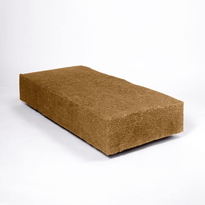
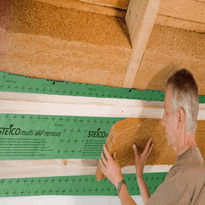
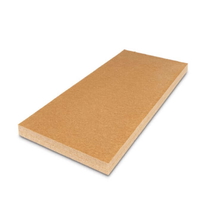
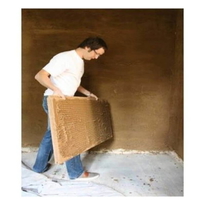
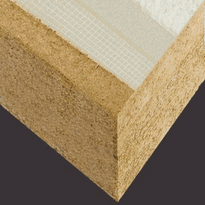
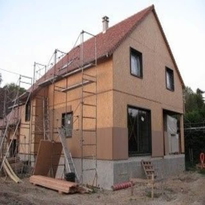
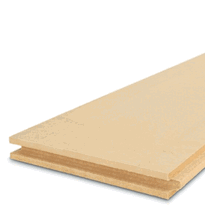
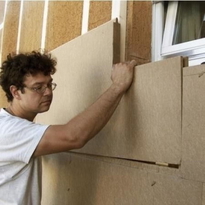
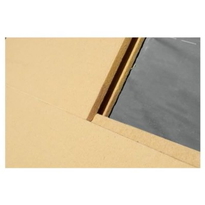
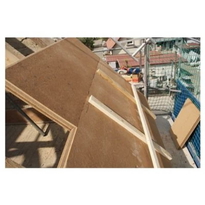
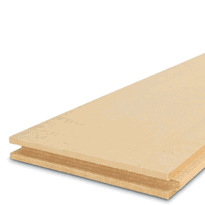
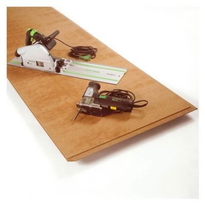
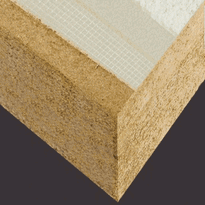
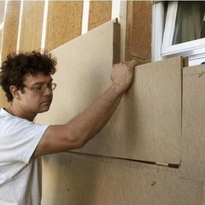
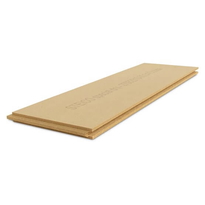
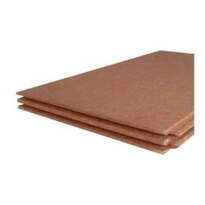
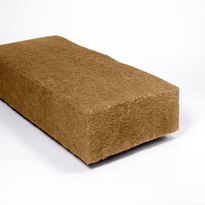
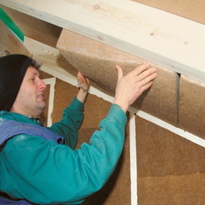
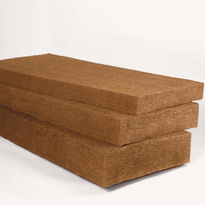
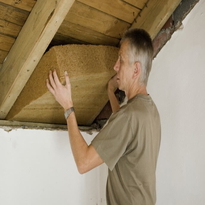
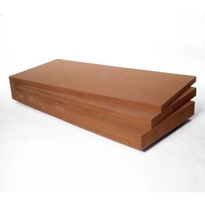
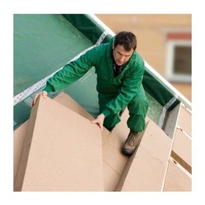
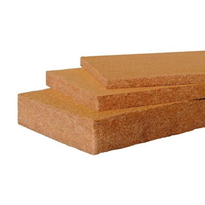
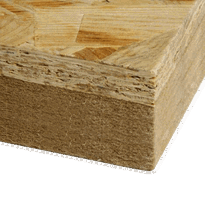
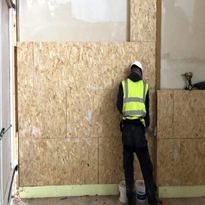
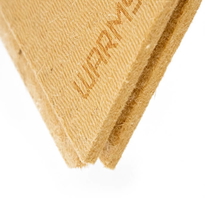
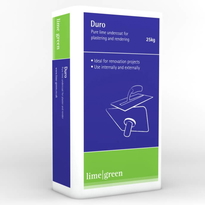
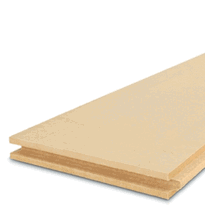
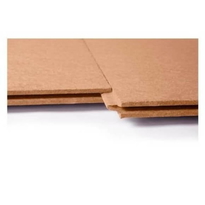
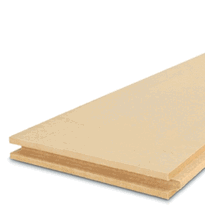
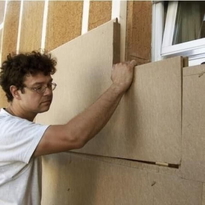
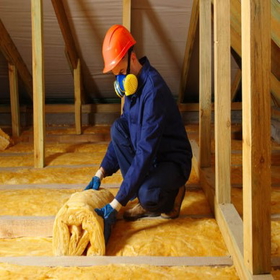
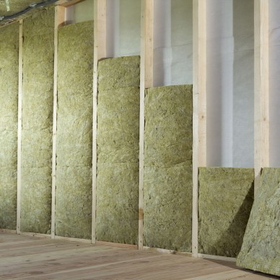
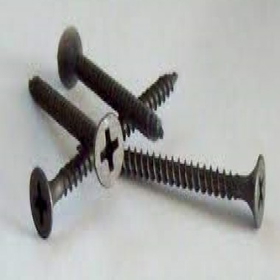
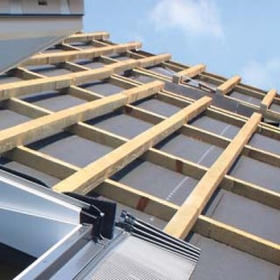
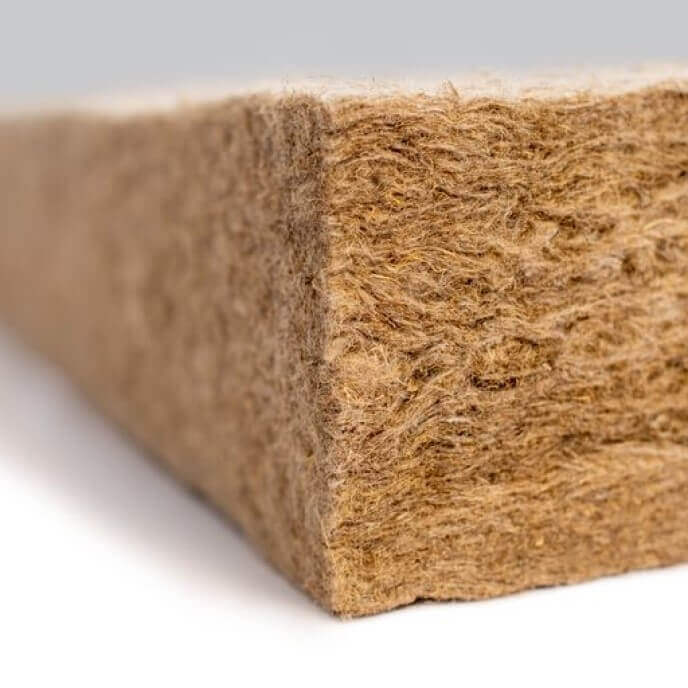
 What Thicknesses Can You Buy Wood Fibre Insulation In?
What Thicknesses Can You Buy Wood Fibre Insulation In?
